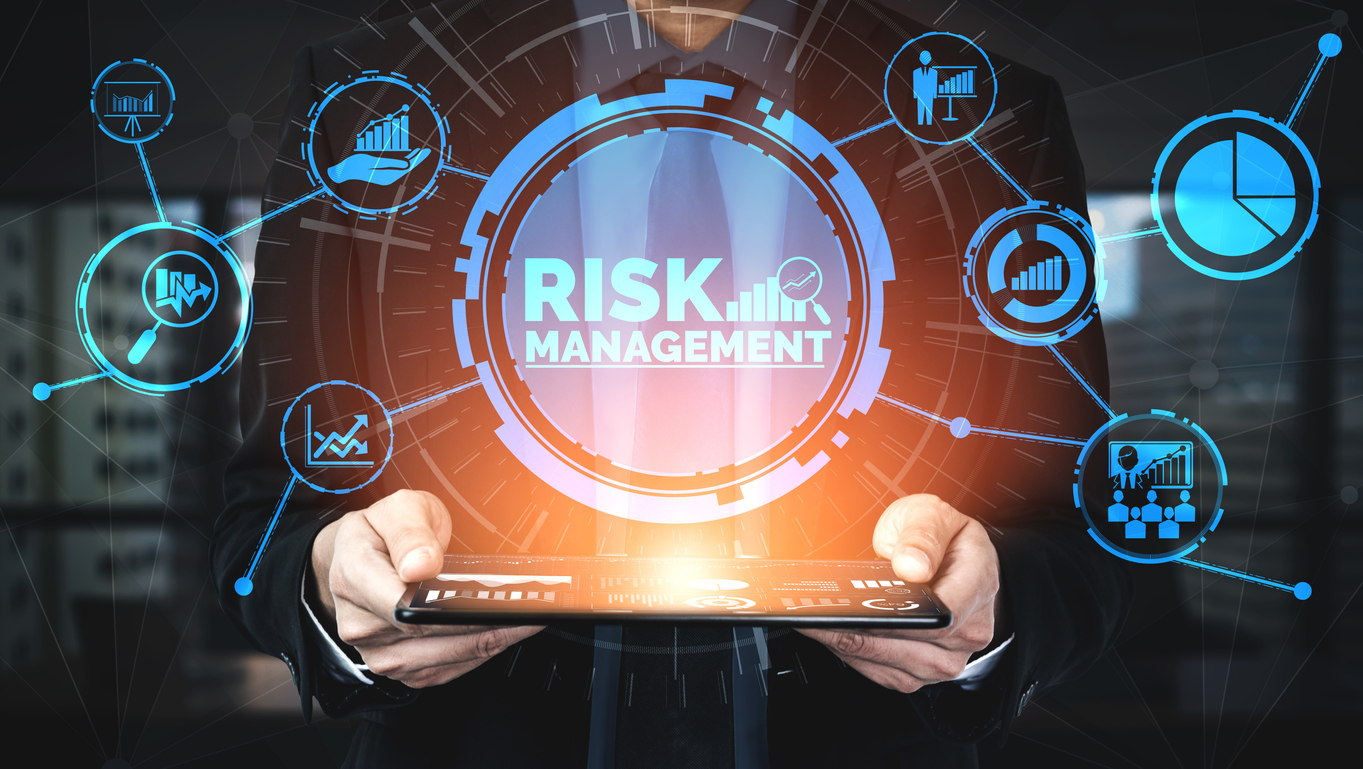 By: John Abhilash / July 24, 2024
By: John Abhilash / July 24, 2024
In today’s complex digital landscape, IT risk management has become an indispensable discipline for organizations seeking to protect their assets, maintain operational continuity, and safeguard their reputation. This blog post delves deep into the technical aspects of IT risk management, exploring advanced methodologies, cutting-edge tools, and best practices for implementation in sophisticated technological environments.
IT risk management has evolved significantly from its early days of simple antivirus software and firewalls. Today, it encompasses a wide range of technologies and practices designed to address the ever-growing threat landscape. Key drivers of this evolution include:
Modern IT risk management requires a holistic approach that integrates various technical disciplines, including cybersecurity, data protection, compliance, and business continuity.
The foundation of a robust IT risk management strategy lies in its technical components. These elements form the backbone of any effective risk management program, enabling organizations to identify, assess, and mitigate potential threats systematically.
1.1 Risk Identification and Assessment
Effective IT risk management begins with thorough risk identification and assessment. Advanced techniques in this area include:
a) Automated Vulnerability Scanning:
Tools: Nessus, OpenVAS, Qualys, Rapid7 Nexpose
Techniques: Continuous scanning, authenticated scans, agent-based scanning
Best practices: Regular scan scheduling, prioritization based on CVSS scores, integration with patch management systems
b) Static and Dynamic Application Security Testing (SAST/DAST):
Tools: SonarQube, Veracode, Checkmarx (SAST); OWASP ZAP, Burp Suite (DAST)
Techniques: Code analysis, fuzz testing, API security testing
Best practices: Integration into CI/CD pipelines, developer training on secure coding
c) Threat Modeling:
Methodologies: STRIDE, PASTA, OCTAVE
Tools: Microsoft Threat Modeling Tool, IriusRisk, ThreatModeler
Best practices: Regular threat model updates, cross-functional team involvement
d) Attack Surface Management:
Tools: Censys, Shodan, SecurityScorecard
Techniques: Continuous discovery and monitoring of external-facing assets
Best practices: Asset inventory maintenance, regular penetration testing
1.2 Risk Quantification
Quantifying IT risks helps organizations prioritize mitigation efforts and allocate resources effectively. Advanced approaches include:
a) FAIR (Factor Analysis of Information Risk) Framework:
Components: Asset value, threat frequency, vulnerability, loss magnitude
Tools: RiskLens, FAIR-U
Best practices: Calibrated estimation, scenario-based analysis
b) Monte Carlo Simulation:
Tools: @RISK, Crystal Ball, ModelRisk
Techniques: Probability distribution modeling, sensitivity analysis
Best practices: Use of historical data, expert input for parameter estimation
c) Cyber Risk Quantification (CRQ):
Frameworks: NIST Cybersecurity Framework, CIS Controls
Tools: ThreatConnect, Cytegic, Axio
Best practices: Alignment with business objectives, regular reassessment
1.3 Control Implementation
Implementing robust controls is crucial for mitigating identified risks. Key technical controls include:
a) Network Segmentation:
Techniques: VLANs, micro-segmentation, software-defined networking (SDN)
Tools: Cisco ACI, VMware NSX, Illumio
Best practices: Least privilege access, regular segmentation reviews
b) Access Control:
Models: Role-Based Access Control (RBAC), Attribute-Based Access Control (ABAC)
Technologies: Single Sign-On (SSO), Multi-Factor Authentication (MFA)
Tools: Okta, Azure Active Directory, CyberArk
Best practices: Regular access reviews, privileged access management (PAM)
c) Encryption:
Algorithms: AES-256, RSA, Elliptic Curve Cryptography (ECC)
Use cases: Data at rest, data in transit, key management
Tools: HashiCorp Vault, AWS KMS, Microsoft Azure Key Vault
Best practices: Key rotation, encryption policy enforcement
d) Endpoint Protection:
Technologies: Next-gen antivirus, Endpoint Detection and Response (EDR)
Tools: CrowdStrike Falcon, SentinelOne, Carbon Black
Best practices: Behavior-based detection, automated response playbooks
1.4 Continuous Monitoring
Continuous monitoring is essential for detecting and responding to security incidents promptly. Advanced techniques include:
a) Security Information and Event Management (SIEM):
Tools: Splunk, IBM QRadar, ELK Stack (Elasticsearch, Logstash, Kibana)
Techniques: Log correlation, anomaly detection, threat intelligence integration
Best practices: Custom rule creation, alert tuning, retention policy management
b) User and Entity Behavior Analytics (UEBA):
Tools: Exabeam, Gurucul, LogRhythm UserXDR
Techniques: Baseline behavior modeling, risk scoring, peer group analysis
Best practices: Integration with identity management systems, continuous model refinement
c) Network Traffic Analysis (NTA):
Tools: Darktrace, ExtraHop, Vectra AI
Techniques: Machine learning-based anomaly detection, protocol analysis
Best practices: Baselining normal network behavior, integration with SIEM
1.5 Incident Response
Effective incident response is crucial for minimizing the impact of security breaches. Key components include:
a) Automation and Orchestration:
Tools: Demisto, Phantom, IBM Resilient
Techniques: Playbook automation, integration with security tools
Best practices: Regular playbook testing, post-incident reviews
b) Digital Forensics:
Tools: EnCase, FTK, Volatility
Techniques: Memory analysis, disk forensics, network forensics
Best practices: Chain of custody maintenance, forensic readiness planning
2.Advanced IT Risk Management Techniques
As the threat landscape evolves, so too must our approaches to managing IT risks. This section explores cutting-edge methodologies that leverage emerging technologies to enhance risk management capabilities and provide deeper insights into potential vulnerabilities.
2.1 Threat Intelligence Integration
Integrating threat intelligence into risk management processes enhances an organization’s ability to proactively identify and mitigate potential threats.
a) Standards and Protocols:
STIX (Structured Threat Information eXpression)
TAXII (Trusted Automated eXchange of Indicator Information)
OpenIOC (Open Indicators of Compromise)
b) Threat Intelligence Platforms:
Tools: ThreatConnect, Anomali, IBM X-Force Exchange
Features: Indicator enrichment, automated sharing, integration with security controls
Best practices: Source diversity, contextual analysis, operationalization of intelligence
2.2 Machine Learning for Anomaly Detection
Machine learning algorithms can significantly enhance an organization’s ability to detect anomalies and potential security incidents.
a) Unsupervised Learning:
Algorithms: Isolation forests, autoencoders, clustering algorithms (e.g., DBSCAN)
Use cases: Network traffic analysis, user behavior profiling
Tools: Datadog Security Monitoring, Vectra Cognito
b) Supervised Learning:
Algorithms: Random forests, support vector machines, deep neural networks
Use cases: Malware detection, phishing email classification
Tools: Cylance, Darktrace Antigena
c) Best practices:
Regular model retraining
Feature engineering based on domain expertise
Explainable AI techniques for result interpretation
Graph-based approaches provide powerful tools for modeling complex relationships between assets, vulnerabilities, and threats.
Tools: Neo4j, Amazon Neptune, JanusGraph
Use cases: Attack path modeling, vulnerability chaining
b) Graph Algorithms:
PageRank: Identifying critical assets
Community detection: Discovering interconnected risk clusters
Shortest path: Analyzing potential attack vectors
c) Best practices:
Regular graph updates based on network changes
Integration with asset management systems
Visualization tools for intuitive risk communication
2.4 Automated Risk Remediation
Automating risk remediation processes can significantly improve an organization’s ability to respond to threats quickly and consistently.
a) Security Orchestration, Automation, and Response (SOAR):
Tools: Swimlane, Siemplify, Splunk Phantom
Features: Workflow automation, case management, integration with security tools
Best practices: Phased automation approach, human-in-the-loop for critical decisions
b) Infrastructure as Code (IaC) for Security:
Tools: Terraform, Ansible, Puppet
Techniques: Policy as code, compliance as code
Best practices: Version control for IaC scripts, automated testing of security configurations
3.Emerging Trends in IT Risk Management
The field of IT risk management is constantly evolving. This section highlights the latest trends and innovations that are shaping the future of risk management, helping organizations stay ahead of emerging threats and regulatory requirements.
3.1 Zero Trust Architecture
The Zero Trust model assumes no implicit trust, regardless of whether the network is internal or external.
Key components:
Micro-segmentation
Multi-factor authentication (MFA)
Least privilege access
Continuous monitoring and validation
Tools: Zscaler Private Access, Google BeyondCorp, Akamai Enterprise Application Access
3.2 Quantum-resistant Cryptography
As quantum computers advance, organizations need to prepare for potential threats to current cryptographic standards.
Areas of focus:
Post-quantum algorithms (e.g., lattice-based, hash-based schemes)
Crypto-agility in existing systems
Quantum key distribution (QKD) technologies
3.3 AI-driven Predictive Risk Management
Leveraging AI and machine learning for predictive risk analysis and proactive mitigation.
Techniques:
Predictive analytics for threat forecasting
Automated risk scenario generation
Dynamic risk scoring based on real-time data
Tools: Balbix, RiskLens, Resolver
4. Best Practices for Effective IT Risk Management
Implement a formal risk management framework (e.g., NIST RMF, ISO 31000)
Conduct regular risk assessments and penetration testing
Maintain an up-to-date asset inventory and data classification scheme
Implement a comprehensive patch management program
Provide ongoing security awareness training for employees
Develop and regularly test incident response and business continuity plans
Establish a robust third-party risk management program
Implement a security metrics program for continuous improvement
Leverage automation and orchestration to streamline risk management processes
Stay informed about emerging threats and evolving regulatory requirements
Guardian: An Innovative ASPM Solution
To address the challenges of managing diverse security tools and the resulting alert fatigue, organizations are turning to Application Security Posture Management (ASPM) solutions. One such solution is Guardian, which offers a comprehensive approach to consolidating security data and providing actionable insights.
Key features of Guardian:
Centralized dashboard for multiple security scanning tools
AI-powered correlation engine to reduce false positives and alert noise
Prioritization of vulnerabilities based on business impact and exploitability
Automated remediation guidance and workflow integration
Compliance mapping and reporting capabilities
By implementing Guardian or similar ASPM solutions, organizations can streamline their IT risk management processes, improve visibility across their application portfolio, and make more informed decisions about resource allocation and risk mitigation strategies.
IT risk management is a critical discipline that requires a comprehensive, technology-driven approach to effectively protect modern enterprises. By leveraging advanced techniques, cutting-edge tools, and emerging technologies, organizations can build robust defenses against evolving threats. Continuous improvement, adaptation, and a commitment to staying ahead of the curve are essential for maintaining an effective IT risk management program in today’s dynamic digital landscape.
Check Out our Other Resources : Master ASPM :Build a secure strategy
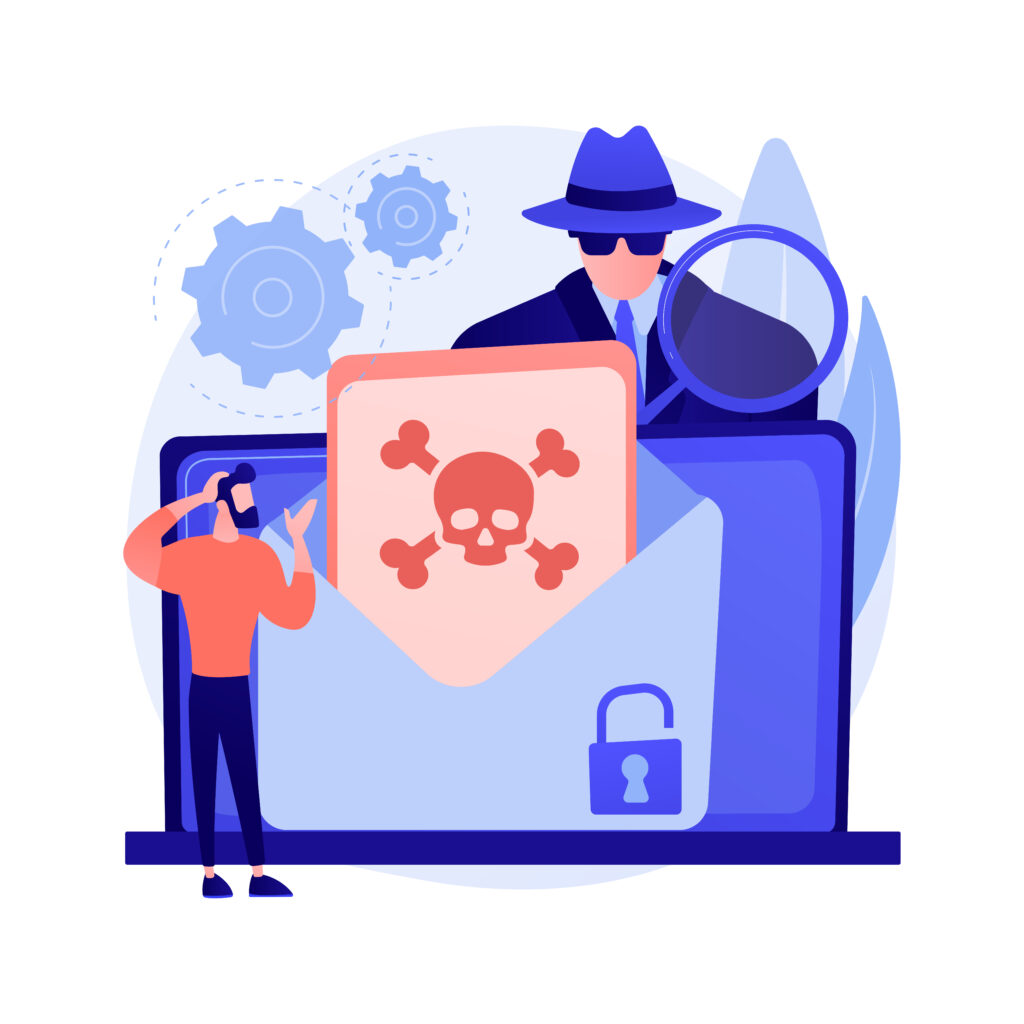
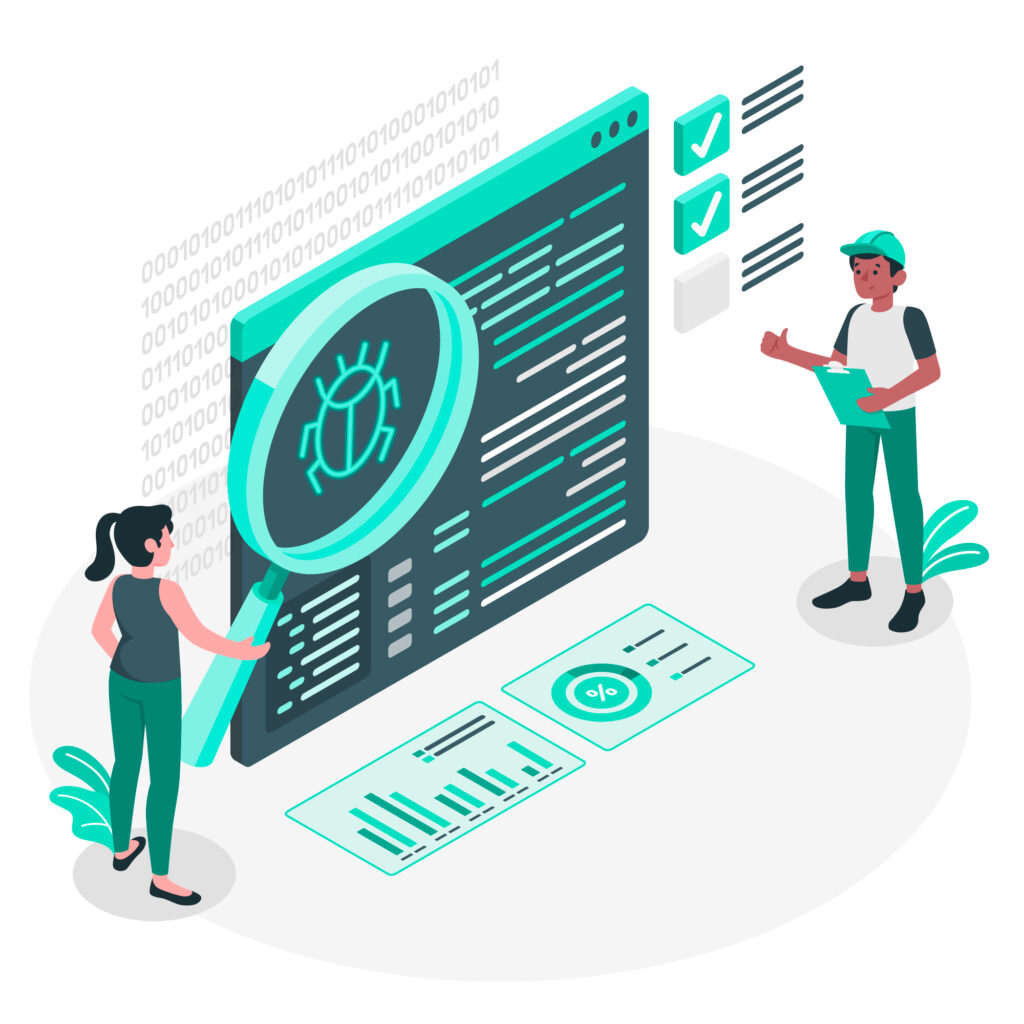
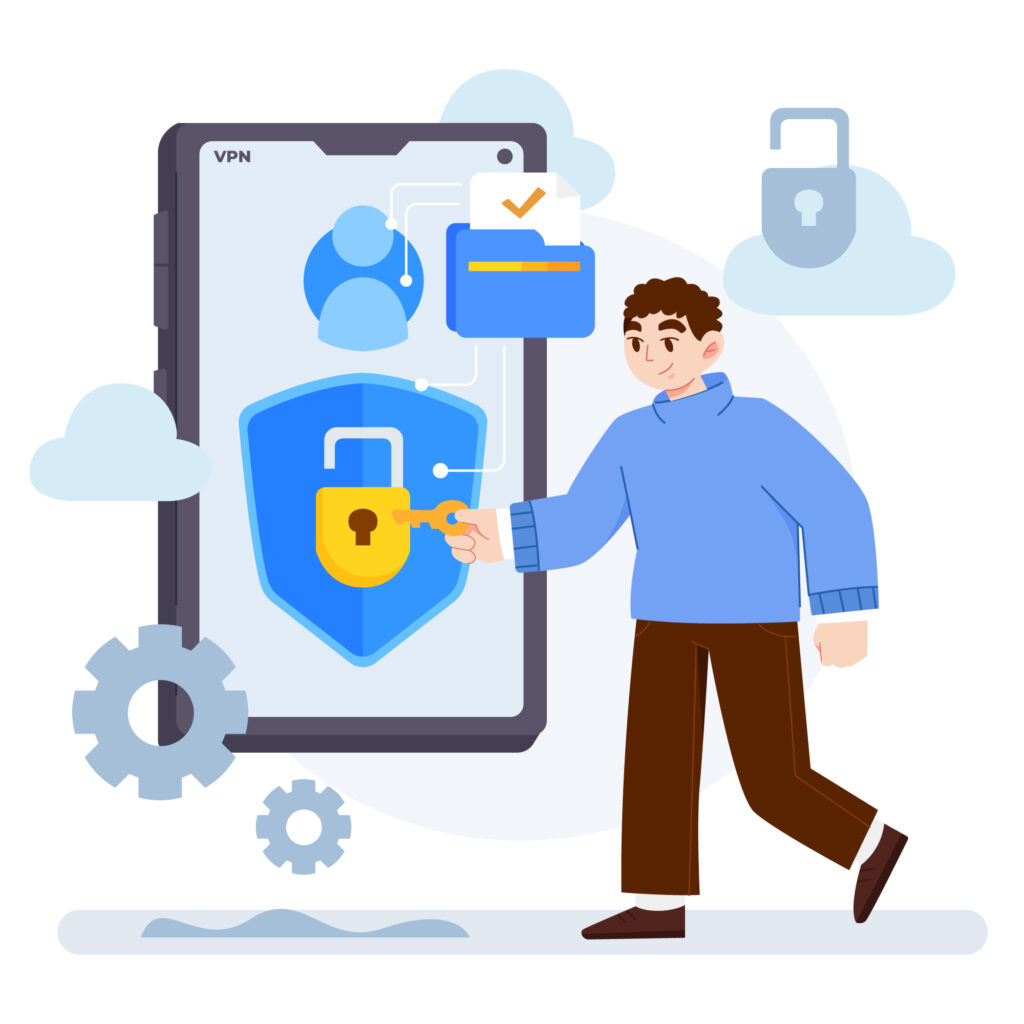
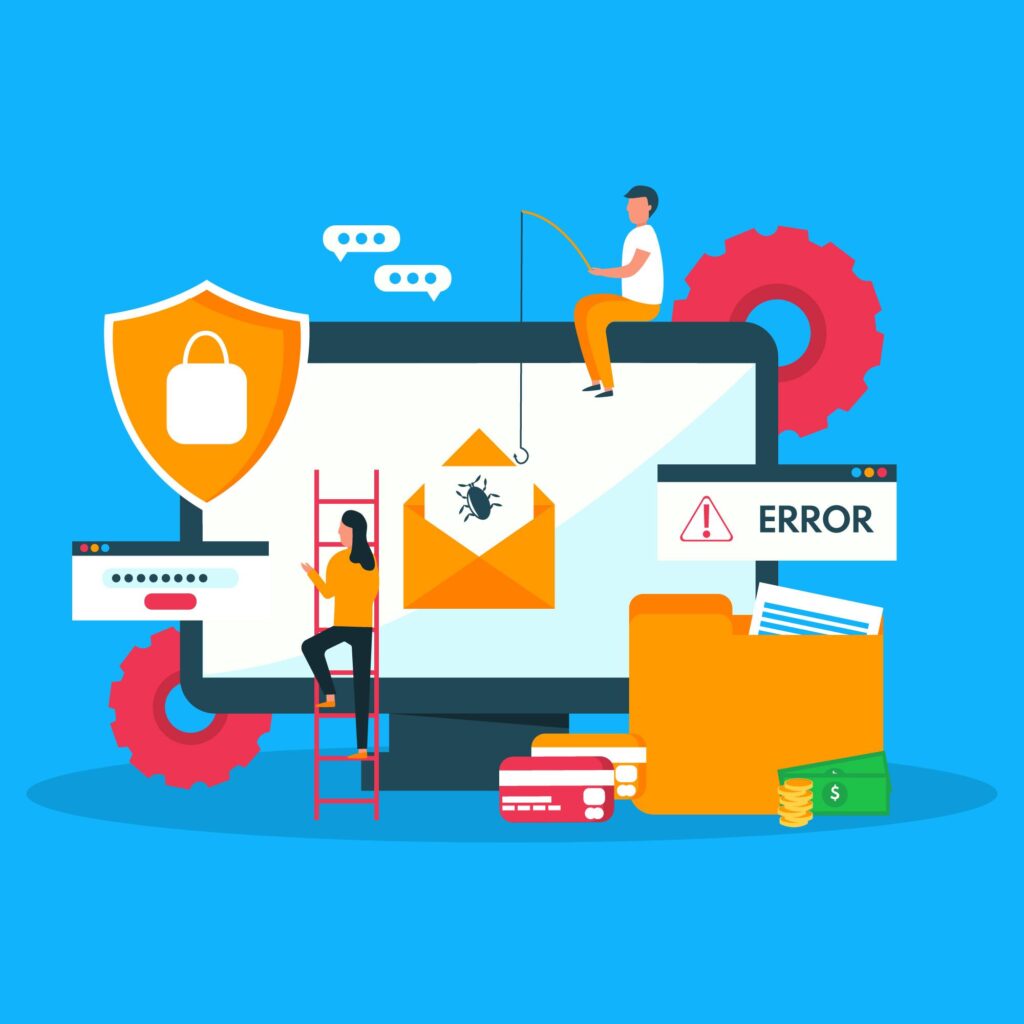

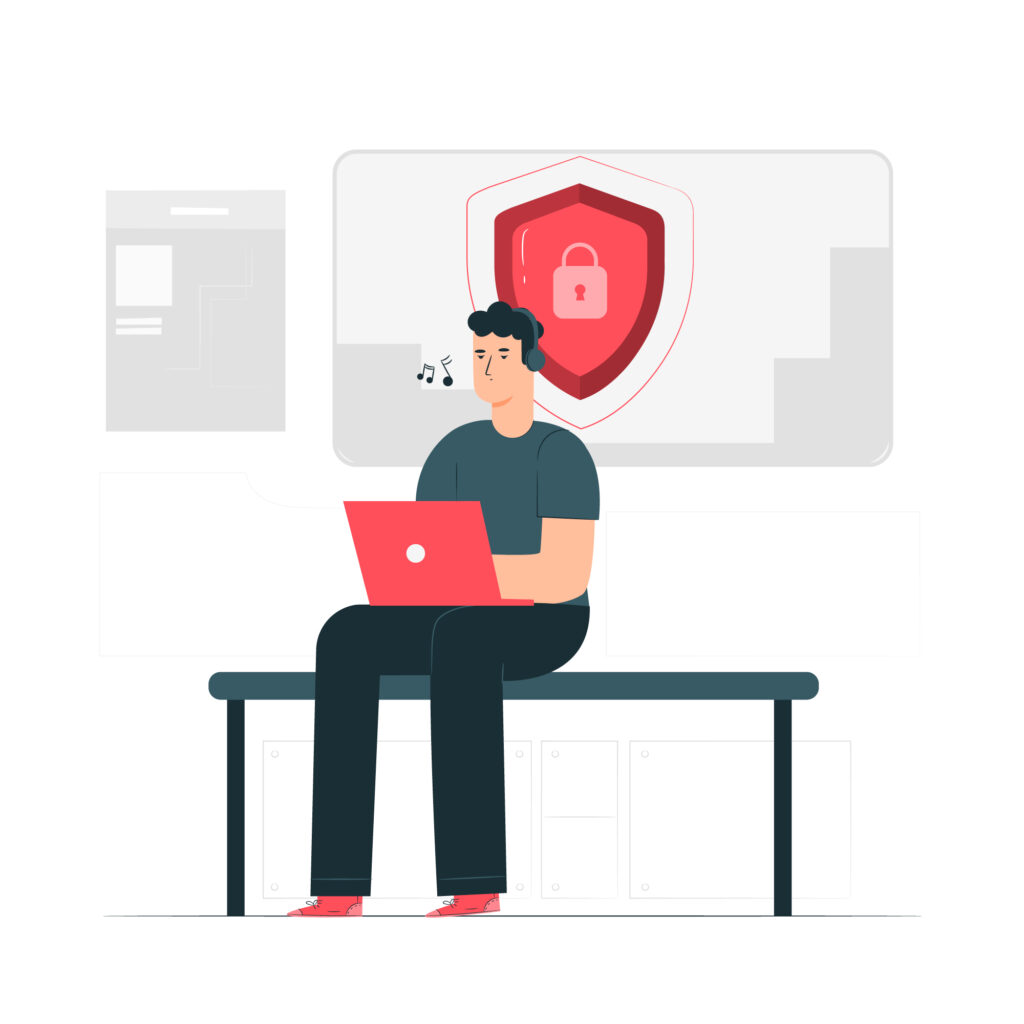

Leave a Comment